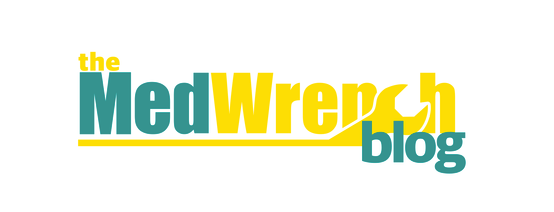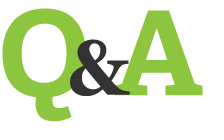
MedWrench Q&A Blog with Gus Sakis from MediMizer, Inc.
MedWrench Q&A Blog with Gus Sakis from MediMizer, Inc.
Tue Jul 29 2014

In today’s edition of the MedWrench blog, I want to highlight my Q&A session with Gus Sakis, Vice President of Sales for MediMizer, Inc. It is always a pleasure to talk with our advertisers concerning their areas of expertise, and this is certainly no exception. Before I jump into the Q&A, I would like to give some background information about Gus. Gus Sakis is Vice President of Sales for MediMizer, Inc. a developer of CEMS for over 30 years. Gus is also heavily involved with his state's HTM association the CMIA (California Medical Instrumentation Association) having held positions from individual chapter member to Chair of the State Board. Gus is currently CMIA Web site Co-Mgr and Chair of the 2015 CMIA Symposium to be held in San Diego Jan-15-18 2015. MediMizer,inc. supports state and regional HTM associations all around the US. You will find my Q&A with Gus concerning the importance of using CMMS software outlined below.
Why do you recommend CMMS software to all healthcare facilities?
It has been said..."if you don't write it down, it did not happen ". This is the basic functionality of any CMMS (computerized maintenance management system) software or the new name making the rounds in healthcare technology management; CEMS (clinical equipment management system) software.
The best way to get credit for the work you do is to document what you did. Sounds easy but when I visit CE (clinical engineering) departments I'm surprised at how many simply do not record "all" their work. Let’s face it. Most of us did not come into this profession to do paperwork.
How does using CMMS software help to keep facilities on track and ensure that their workload is being completed?
All CEMS software will have two basic work order categories. Scheduled work is often referred to as PM's or Inspections or whatever your department term is for the work that needs to be done on a regular interval or frequency. The other category is unscheduled work or repair or request or, you get the idea. I've observed that these two categories do get documented very well.
A couple of categories not being documented as well are meetings and trainings.
The point is that each technician should always document their work in one of these two categories no matter what you call them. For example: if you have a regular staff meeting every week you may want to create a Scheduled work order, call it "Staff Meeting" and document how much time you spent in the meeting. You may even want to document some of the key points made during the meeting or any tasks that have been assigned to you. You can report the data you've captured to show the boss how much time you have spent in meetings or trainings. This helps the chain of command to "see" how much work is being done so when the boss needs to ask for more staff there is data to back up the request.
During your interaction with HTM departments, would you say that those using CMMS software have found it beneficial for their facilities?
Many HTM departments use their CEMS to full advantage. The current crop of software is far more powerful than just 5 years ago and light years ahead of where it was 20 years ago. A small number of HTM professionals remember the days of the "whiteboard" being their scheduler for PM's. So, write it down so you can get credit for doing it.

